Research Facilities
These are highlights from some of our major research facilities, for other facilities, please explore the website of the relevant disciplines.
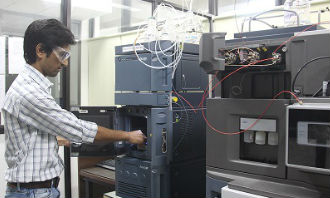
Central Instrumentation Facility
Explore →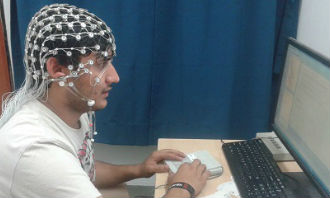
Cognitive Science Laboratory

Human-AI Interaction (HAIx) Lab

Intelligent Affective Computing and Biometric Laboratory
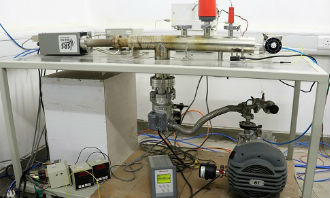
Energy systems research laboratory
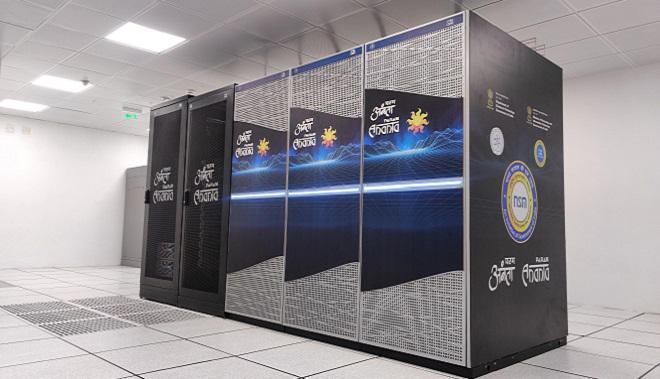
Supercomputing Facility
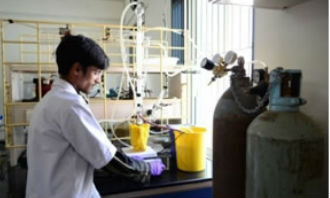
Wet Chemistry Laboratory
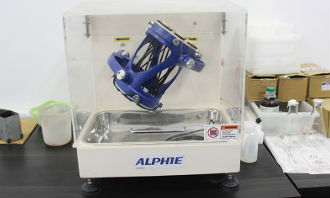
DryProTech Laboratory
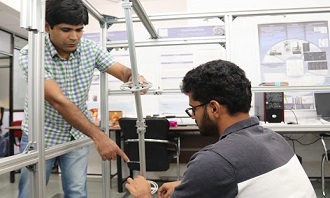
Human-Centered Robotics Laboratory
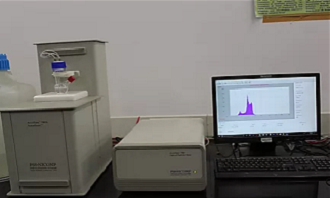
Colloidal and Crystal Engineering Laboratory
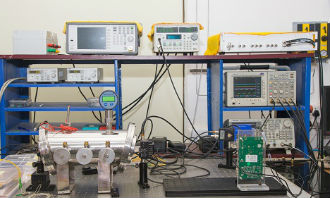
Photonic Sensors Laboratory
Semiconductor Device Characterization Facility
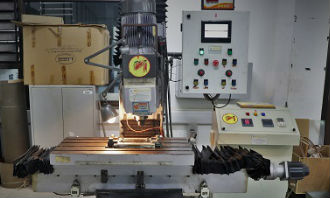
Friction Stir Welding Laboratory
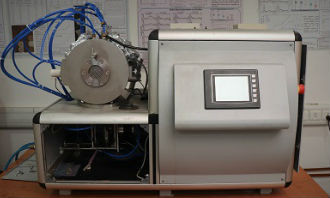
Thin Film Laboratory
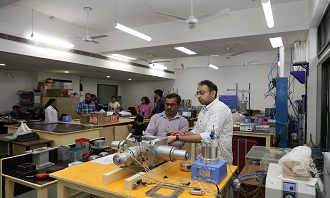
Soil Testing Laboratory
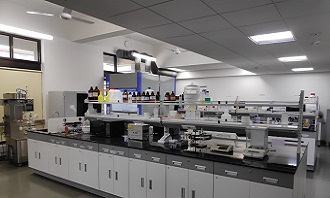
Common Research & Technology Development Hub Laboratory
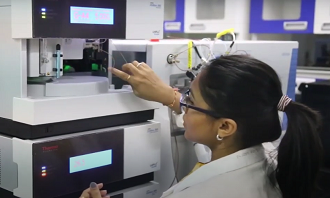
Proteomics and peptide synthesis Laboratory
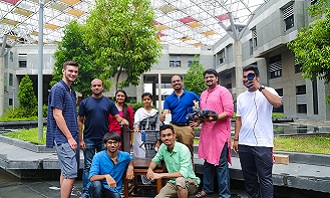
SysIDEA Laboratory
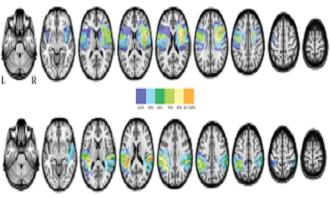
Control and Learning of Action (CoLA) Laboratory
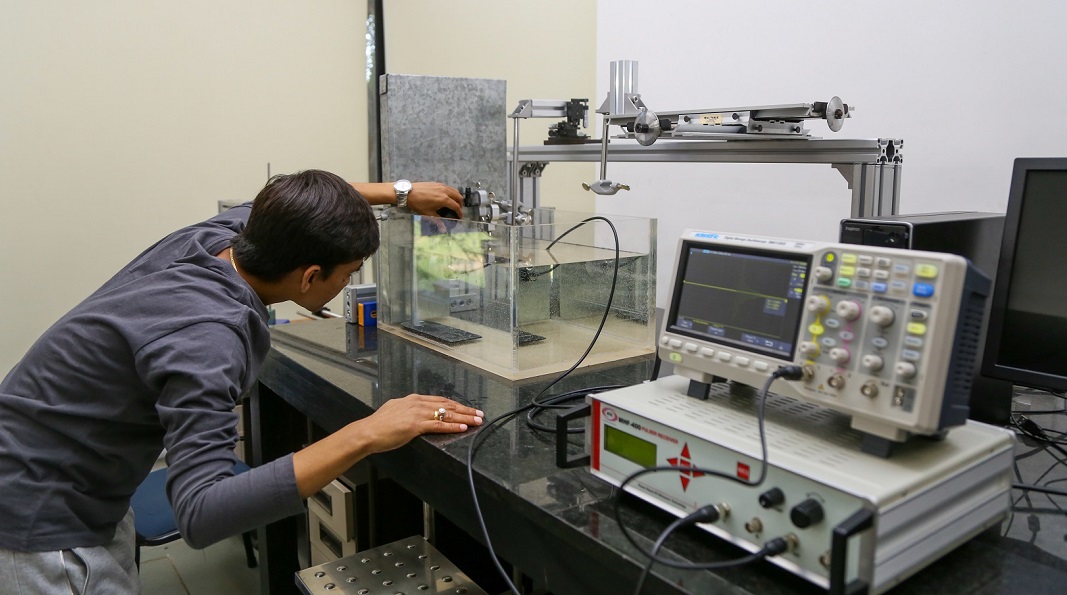
Materials Electrochemistry Laboratory
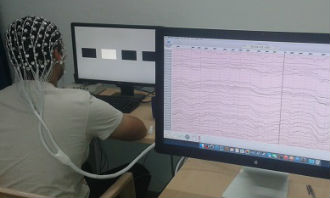
Behavioural Cubicles
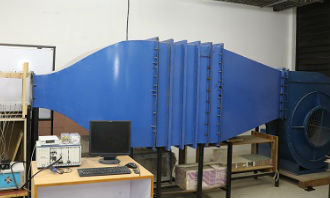
Wind Tunnel Testing Facility

Power System and Smart Grid Laboratory
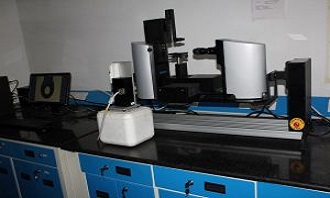
Soft Matter Rheology Laboratory
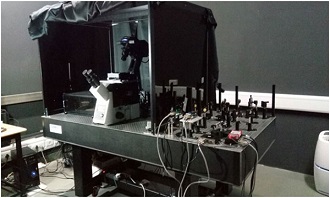
Optics and Spectroscopy Laboratory
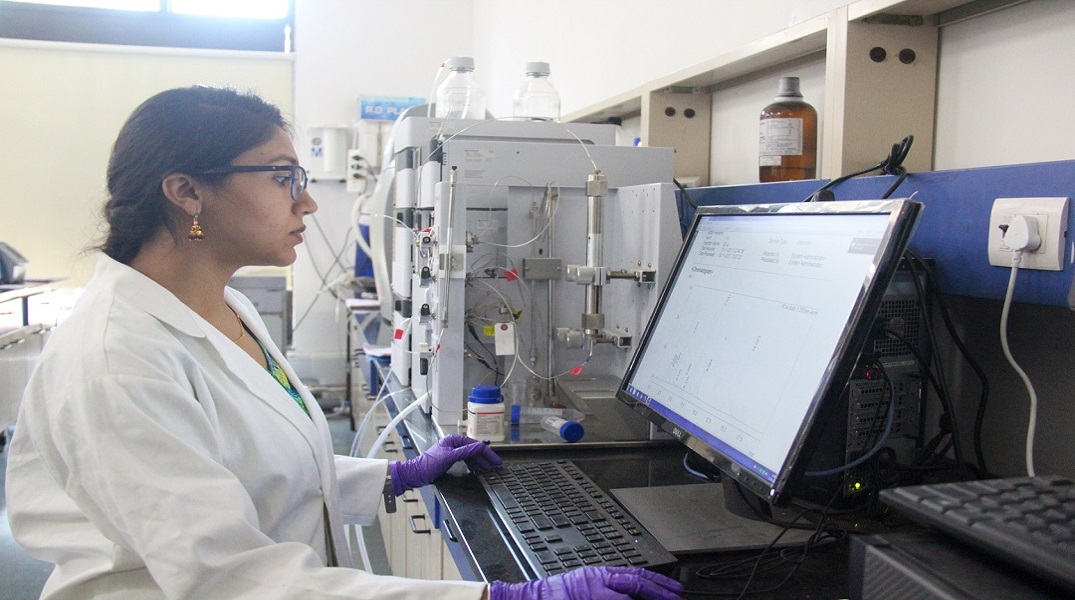
Molecular and Cellular Biology Facility

Lingo Labs


